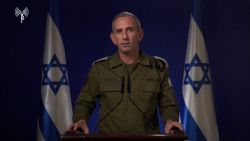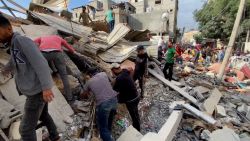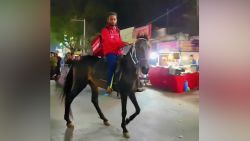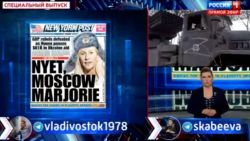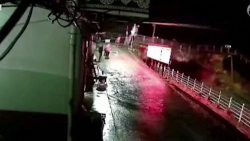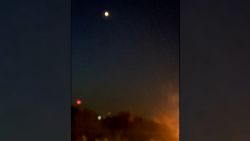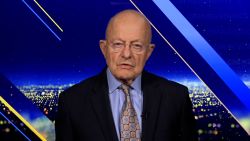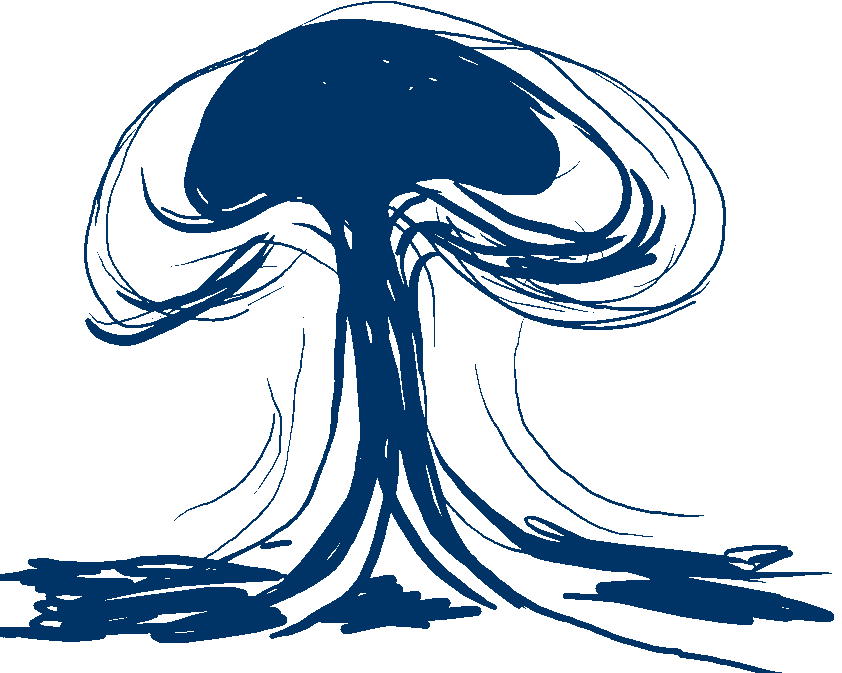Editor’s Note: Matthew Schmidt has taught strategic planning at the US Army’s School of Advanced Military Studies and is the Director of the International Affairs program at the University of New Haven. Follow him on Twitter @matt_j_schmidt. View more opinion at CNN.
What’s the only real deterrent to a Ukraine invasion by Russian President Vladimir Putin?

If there is war tomorrow or the next day, it will almost certainly be because the Russian President doesn’t think Kyiv would exact a heavy human price from Russia’s forces for an invasion. US President Joe Biden and multiple European leaders have publicly warned Putin that an invasion would be costly: Diplomatic marginalization and financial sanctions are both on the table, but neither seems to have lured Putin back from the brink of conflict. Potential military costs, in the form of Russian losses on the battlefield, remain as the only viable disincentive that could stop Putin from invading Ukraine again.
On that front, Ukraine’s forces are in a stronger position than some may think. Though Ukrainian troops are unlikely to stop a full-scale assault, they are professional and well-tested enough to slow one and, more importantly, to inflict thousands of casualties on Russia.
This is where Western policy has made a difference. The provision of anti-tank weapons and Stinger portable anti-aircraft missiles has likely already given pause to the Russian general staff. The Russians already know how much bite these systems have. In Afghanistan, Stingers are credited by some with turning the tide against the Soviets. But less known is that in Russia’s invasion of Georgia in 2008, Ukrainian/Soviet BUK anti-aircraft and man-portable systems were used against the Russian air force, reportedly with some success in downing aircraft.
Compared with Georgia in 2008, Ukraine’s current forces have better American equipment and much more experience against Russian tactics.
Ukraine is now ranked the 22nd best military in the world by GlobalFirepower. Russia is second. That’s a Cinderella match-up, but it doesn’t mean the blue and yellow won’t score a lot of points. And crucially, looking at it from such a conventional angle misses the real battlefield truth.
Kyiv’s strategy, it seems, may well be to fall back and fight an insurgency, à la the Taliban’s fight against US and NATO forces in Afghanistan. By all accounts, Ukrainian civil defense units are training hard to resist occupation. A journalist friend of mine who lives on the outskirts of the capital reports that he hears the weapons training every weekend. (He himself was waiting for the air conditioner repairman to come while cleaning his pistol.)
The point is, if the Russians suffered losses in 2014 against an amateur Ukrainian force that was also ill-prepared and ill-positioned, it can expect many times more this go around. The question is whether that would make enough of a difference to deter the Russian president.
Many Americans have an image of Putin as an autocratic ruler. This isn’t accurate. He rules in a coalition with powerful oligarchs and at the acquiescence of a public that’s been effectively both bought off with higher standards of living from oil profits and kept in a kind of deliberate ignorance of the government’s corruption because the formerly free press was systematically and brutally suppressed.
Yet, Russia is not North Korea. Dissent has not been extinguished. Demonstrations still occur, and although leading regime critic Alexey Navalny has been imprisoned, he did succeed in publicizing an anti-corruption message.
And this is why Putin might worry about body bags returning home. In Russia’s first invasion, Soldiers’ Mothers and other nonprofit groups exposed the lie of the “little green men” – that Russian troops hadn’t been involved in the Donbas fighting. Groups like these have since been systematically rooted out by Russian authorities, but they succeeded in making known a truth about the conflict: that Russian men were dying on Ukrainian soil.
This is not a popular war among the Russian public. It’s important for Westerners to understand that ethnic Ukrainians are a large minority in Russia. Millions of Putin’s citizens have friends or relatives staring up the barrels of Russian guns.
Opinion polling can be difficult in large, authoritarian countries like Russia, but the Levada Center – an independent polling institute based in Russia and one of few survey groups viewed by Western analysts and journalists as offering reliable data on the country – reveals a relative dearth of support for more conflict in Ukraine. Last April, its polling reported that among the military-age cohort (18-24), a full 41% thought a war with Ukraine would hurt Putin’s standing. 35% of the young-parent-age cohort (25-39) agreed, and it was nearly the same for the middle-age cohort.
That’s a large chunk of the population that would be most impacted by a large number of dead and wounded coming home from what Putin has argued is not even its own distinct country, historically. Will the young and their parents accept this toll in what Putin sees as a civil war?
Get our free weekly newsletter
Putin’s real fear, it seems safe to conclude, is not NATO missiles in Ukraine. More likely, he fears a safe haven for democratic values on his doorstep. He fears a kin-culture committed to building a society based on those values. Why does Kyiv need to turn West to secure them? Because Putin has made his legacy the destruction of them. East is not an option.
If Russia were a free and democratic society, none of this death and destruction would be necessary. That is the real story of this war.


